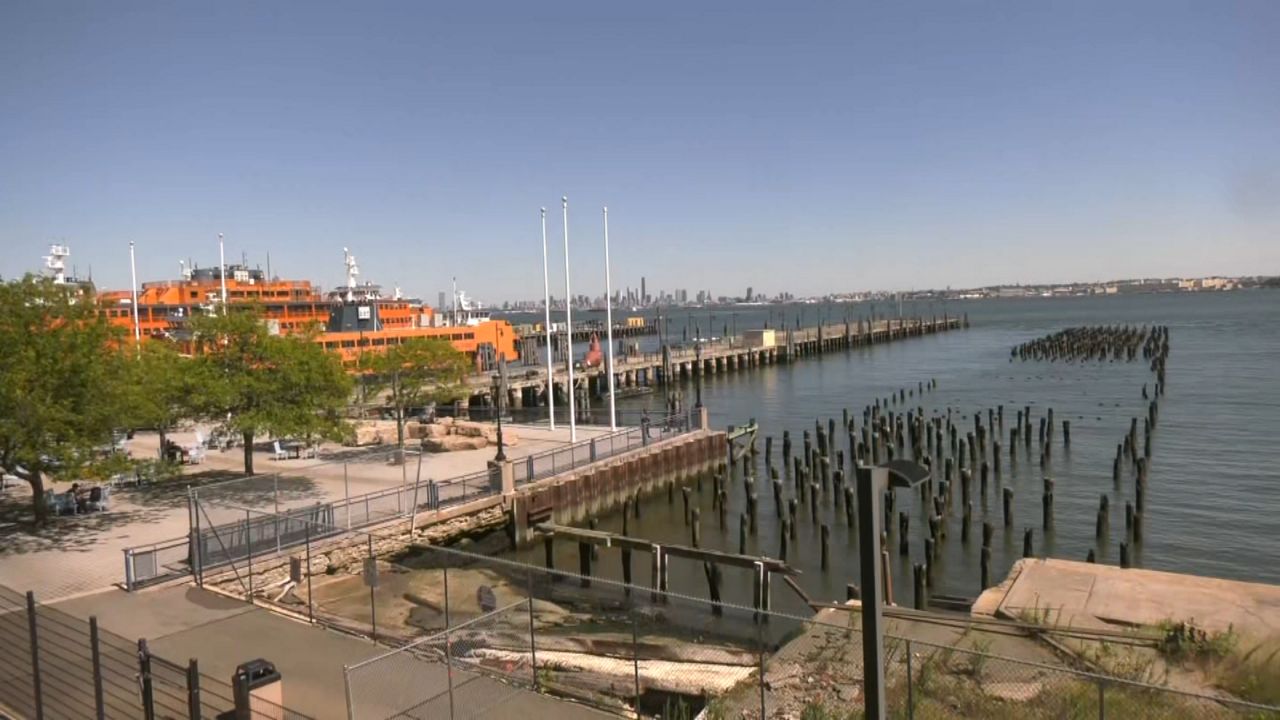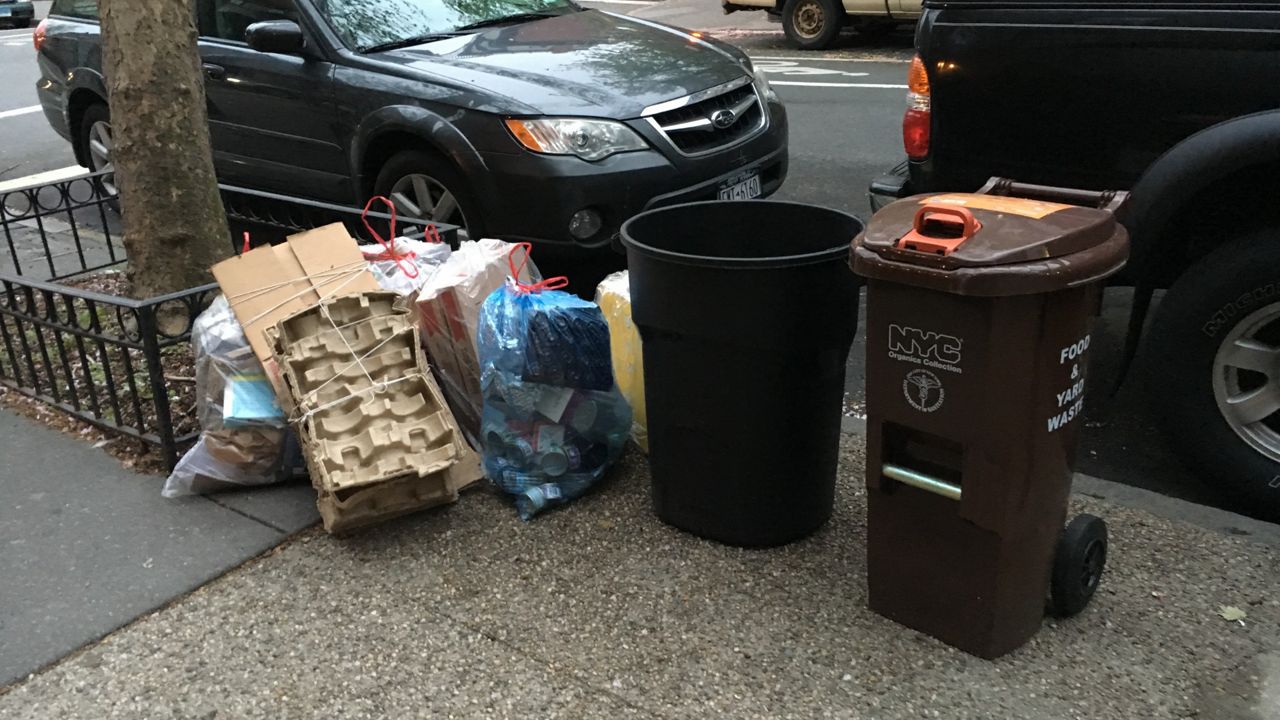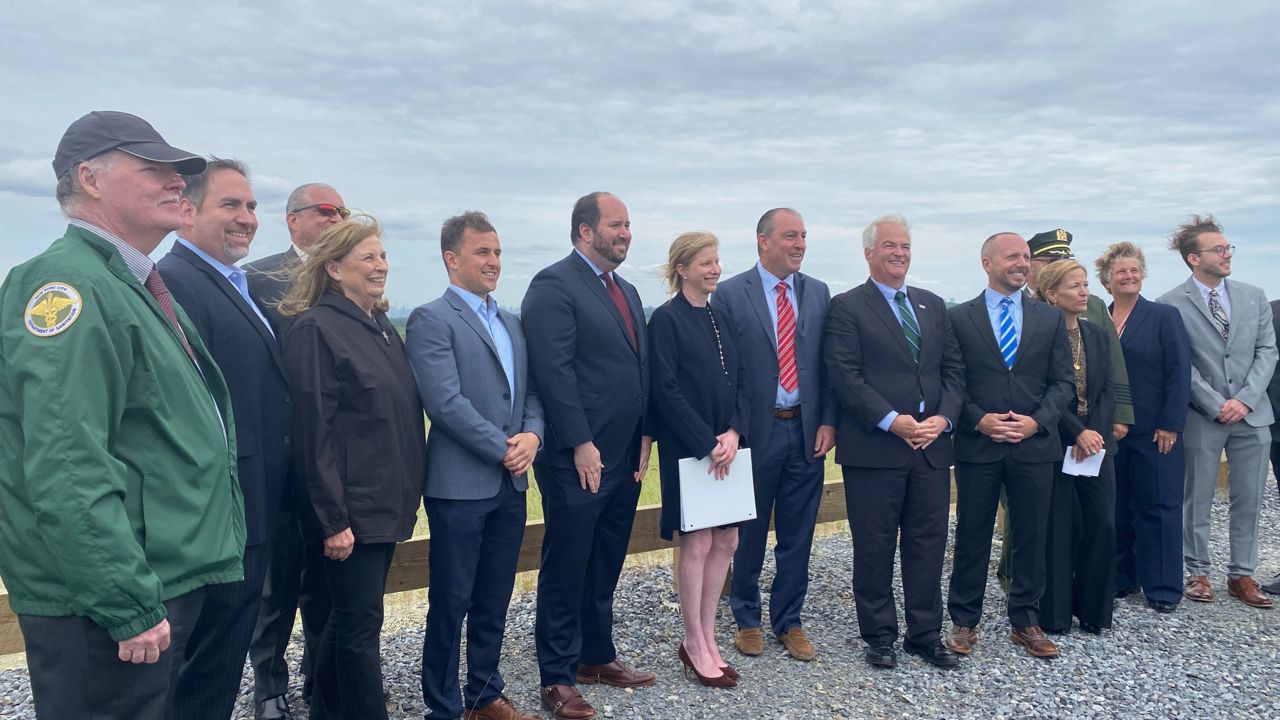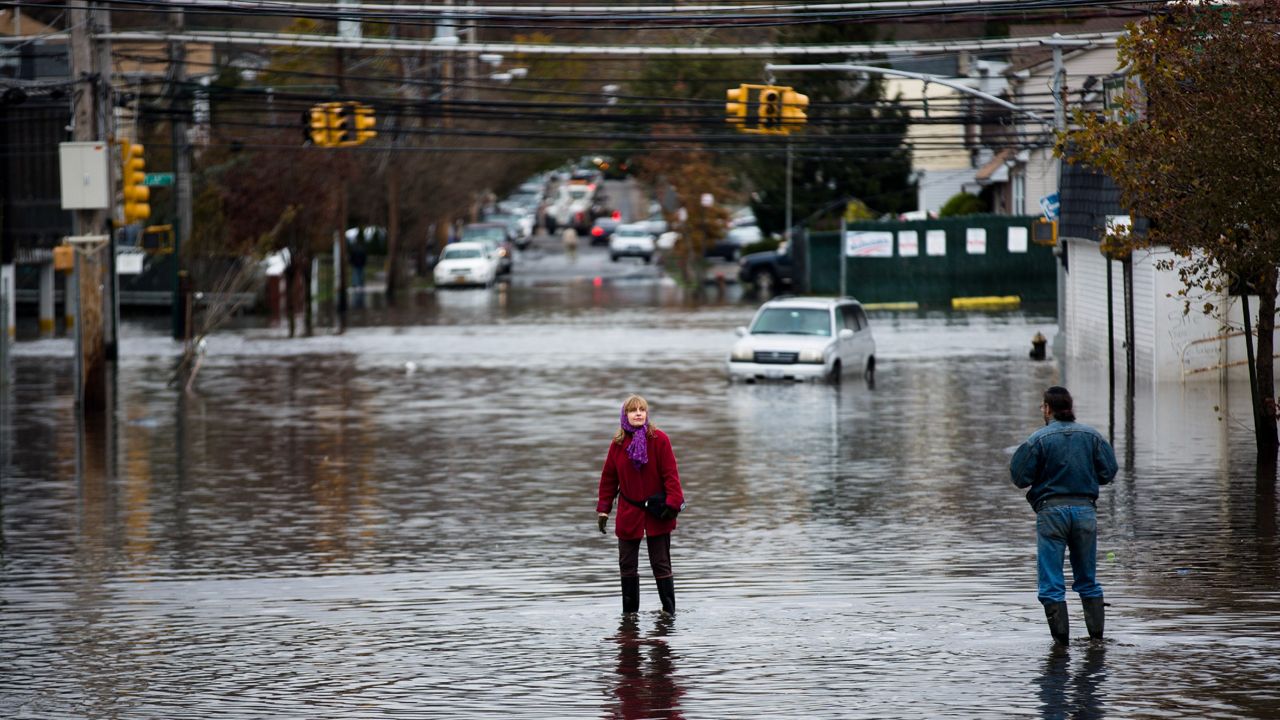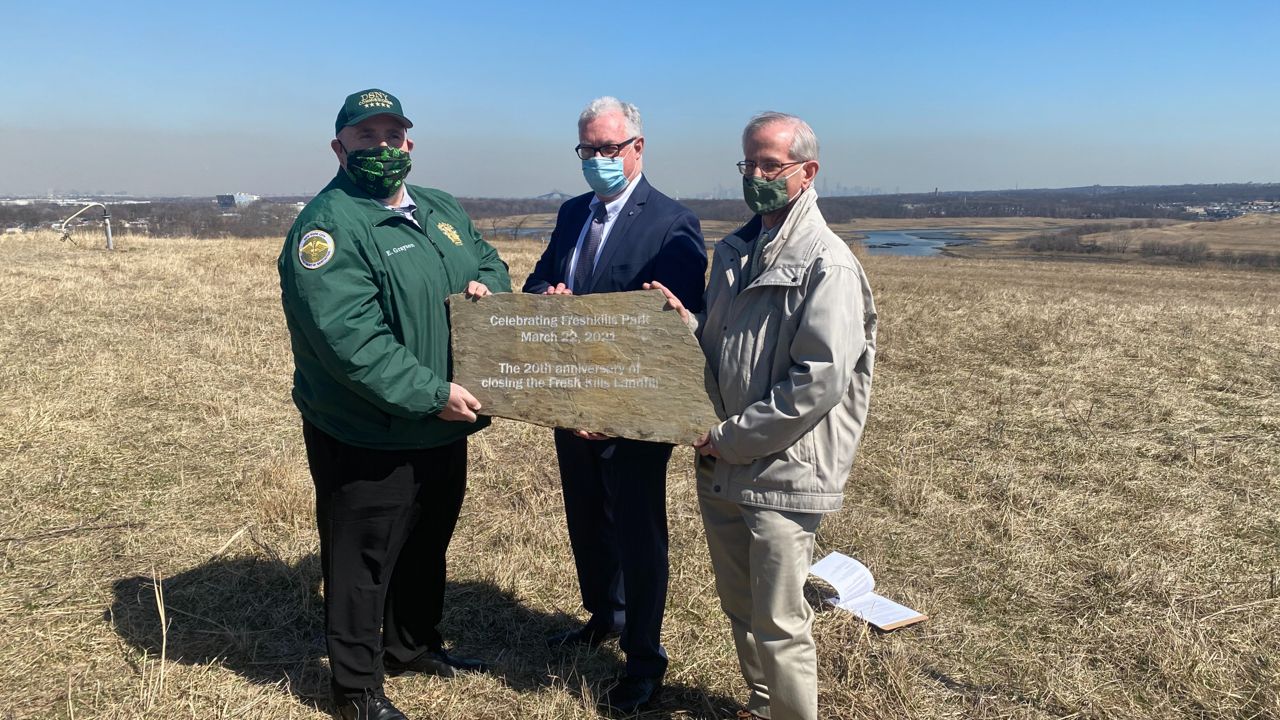Nearly 12 years after Hurricane Sandy ravaged Staten Island, the borough’s East Shore is one step closer to a long-awaited seawall.
Staten Island experienced the most casualties of the five boroughs during the hurricane. On Monday, Rep. Nicole Malliotakis, who represents Staten Island in Congress, announced the start of the first phase of the East Shore Seawall project.
What You Need To Know
- Rep. Nicole Malliotakis who represents Staten Island in Congress, announced the start of the first phase of the East Shore Seawall project on Monday
- The U.S. Army Corps of Engineers will build a wall from Fort Wadsworth to Oakwood Beach
- Officials say the first phase will offer immediate relief to nearby residents, including cheaper flood insurance rates
The U.S. Army Corps of Engineers will build a wall from Fort Wadsworth to Oakwood Beach. Officials say the first phase will offer immediate relief to nearby residents, including cheaper flood insurance rates.
“While it is a solemn day, it is also one of celebrating the fact that this project is getting back on track, that we've done so much to make sure we've gotten to where we are today, working with our city, state and federal partners,” Malliotakis said.
“Phase one is what we call the interior drainage features of the project," Anthony Ciorra, from the U.S. Army Corps of Engineers, explained. "The interior drainage areas is to manage the water or the rainfall that happens during these type of storm events. And hold that water, and then let it transport out through the seawall or under the seawall back into the ocean.”
The 4.5-mile wall will rise 21 feet above sea level. In South Beach, the wall will be built where the current boardwalk is, and a new boardwalk will be constructed as part of the project.
“Our designs and modeling show that if another event similar to Hurricane Sandy occurred, that project would experience some overtopping due to crashing waves. But the area in this community that it protects would be kept dry," Ciorra said.
The project has faced a number of delays. Officials were hoping it would be complete by 2021.
“The project seemed to be very back-logged. And there had been a lot of pointing fingers and back-and-forth between the city and the federal government, a lot of redesigns that were costly that we put an end to” Malliotakis said.
The Army Corps says the project costs over $2 billion, much of which will come from the federal government. It’s now expected to be finished in 2030.






